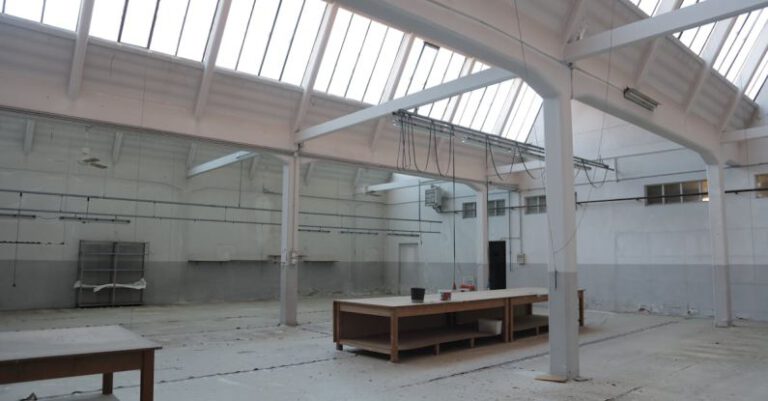What Are the Basics of Creating a Vertical Garden in Your Home?
Vertical gardening has become a popular trend in home decor, allowing individuals to bring a touch of nature indoors even when space is limited. Creating a vertical garden in your home can not only enhance the aesthetic appeal of your living space but also improve air quality and promote a sense of tranquility. Whether you are a seasoned gardener or a novice looking to add some greenery to your home, understanding the basics of vertical gardening is essential to ensure the success of your project.
Choosing the Right Location
The first step in creating a vertical garden is selecting the right location within your home. Consider areas that receive adequate sunlight, as most plants require natural light to thrive. South-facing windows are ideal for plants that require full sun, while east or west-facing windows are suitable for those that prefer partial sun. Additionally, ensure that the location you choose has easy access to water sources and is well-ventilated to prevent moisture-related issues.
Selecting the Right Plants
When it comes to choosing plants for your vertical garden, consider the amount of sunlight your chosen location receives and the space available for growth. Opt for plants that are well-suited to indoor environments and do not require extensive care. Popular choices for vertical gardens include pothos, spider plants, succulents, and air plants, all of which are known for their ability to thrive in confined spaces and low light conditions.
Choosing the Right Vertical Garden System
There are various vertical garden systems available on the market, ranging from DIY options to pre-made kits. Consider the size of your space, the number of plants you wish to incorporate, and your budget when selecting a vertical garden system. Wall-mounted planters, hanging pots, and modular systems are popular choices for vertical gardens and can be customized to suit your specific needs and preferences.
Preparing the Vertical Garden
Before installing your vertical garden, it is essential to prepare the space properly to ensure the health and longevity of your plants. Start by selecting a suitable growing medium, such as potting soil or a specialized soilless mix, that provides adequate drainage and nutrients for plant growth. Consider adding a layer of pebbles or activated charcoal at the bottom of each planter to improve drainage and prevent waterlogging.
Planting and Maintaining Your Vertical Garden
Once you have chosen your plants and prepared the vertical garden system, it is time to start planting. Carefully remove each plant from its pot, gently loosen the roots, and place it in the designated planter. Ensure that each plant is securely anchored in place to prevent shifting or falling. Water your vertical garden regularly, taking care not to overwater or underwater, as both extremes can harm your plants. Additionally, monitor your plants for signs of pests or disease and take appropriate action to address any issues promptly.
Enhancing Your Vertical Garden
To enhance the visual appeal of your vertical garden, consider incorporating decorative elements such as fairy lights, hanging baskets, or trellises. Experiment with different plant combinations and arrangements to create a dynamic and visually striking display. Regularly prune your plants to promote healthy growth and prevent overcrowding, and consider rotating them occasionally to ensure even exposure to sunlight.
Making Your Vertical Garden Sustainable
Incorporating sustainable practices into your vertical garden can benefit both the environment and your plants. Consider using organic fertilizers and pest control methods to minimize chemical exposure and promote natural growth. Additionally, collect rainwater for irrigation purposes and recycle materials wherever possible to reduce waste and minimize your carbon footprint.
Embracing the Benefits of Vertical Gardening
By creating a vertical garden in your home, you can enjoy a host of benefits that go beyond aesthetics. Studies have shown that indoor plants can improve air quality, reduce stress levels, and boost overall well-being. Embrace the opportunity to connect with nature within the confines of your home and reap the rewards of a flourishing vertical garden that brings beauty and tranquility to your living space.






